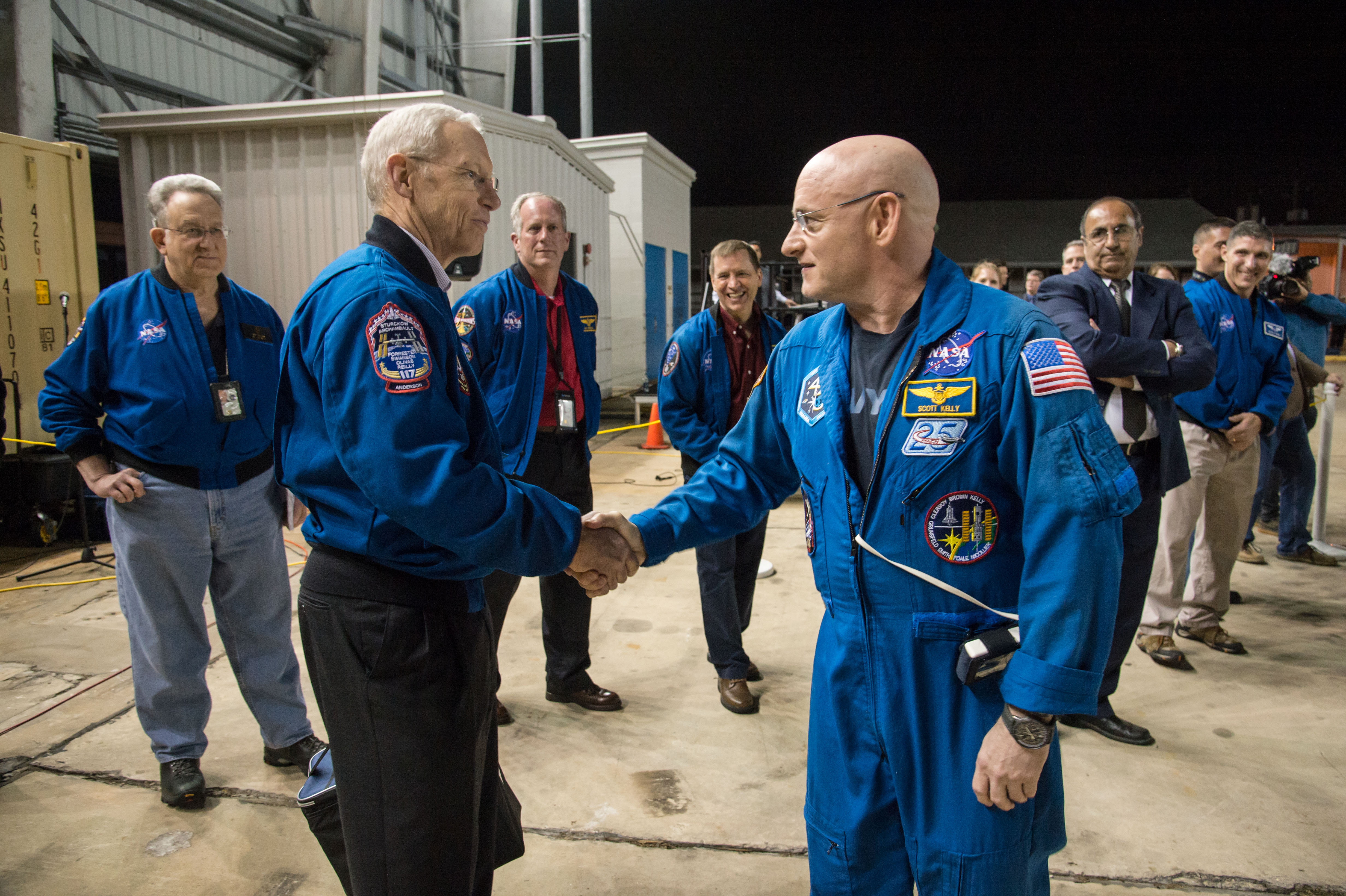In early April 2019, findings from the NASA twin study, which was investigating the changes spaceflight brings onto the human body, were published in the peer-reviewed journal Science, paving the way for future long-term space travel. The study focused on a set of twins – Scott and Mark Kelly. Scott Kelly spent one year on the International Space Station (March 2015 – March 2016), while Mark stayed on Earth. By completing a longitudinal and multi-dimensional study of twins, researchers can observe two people with identical genetic backgrounds, and by only having one exposed to the extreme environment of space, it becomes easier to observe the effects of such environment by comparing them with a controlled subject not exposed to those conditions – a classic nature vs. nurture experiment. As QC biology professor Sebastian Alvarado puts it, “To date, so much of our fundamental understanding of human health stems from our understanding of genes and heredity. Therefore, any variation seen between these twins cannot be genetic but the result of other molecular processes shaping biology to adapt to novel environments.”
Elements of the space environment, such as exposure to radiation, microgravity and other stressors, were predicted to bring upon several physiological, molecular and cognitive changes to Scott Kelly’s body. To address the numerous points of interest, from Scott’s microbiome to the expression of his genes, 10 different research groups collaborated on analyzing different data points recorded before, during and after Scott’s trip. Given the time since Scott’s return, researchers have also been able to conclude not only which changes were introduced upon his departure, but also which changes were reversed or minimized after he returned to Earth.
The key points of the analysis were gene expression, telomere elongation, DNA damage, immune system, biochemical changes and cognition. The study of epigenetics and DNA methylation throughout the study served as a baseline to understanding how space can alter which of our genes are active. Telomeres function as caps at the end of human chromosomes that protect them from any damage during DNA replication and cell division. They maintain the integrity of the genome, and they can shorten due to age or environmental stressors. The length of the telomeres in Scott Kelly’s genome were longer during the journey, and this related to changes in his gene expression and damage to his DNA.
Likely, due to the long-term exposure to radiation which has known impacts on DNA structure, several inversion mutations were introduced into Scott’s genome. Mutations are not as rare as one may think, so the results of this study are still focused on the impacts a space environment had on which genes were being expressed, rather then the alterations to the DNA itself.
Scott received three vaccines during the study – one before, during and after the journey. Normal effects of the vaccines were observed, allowing NASA to confidently rely on vaccines when it comes to longer expeditions. Because of a stricter diet and increased exercise, Scott faced a decrease in overall body mass, accompanied by bone breakdown during the first half of his travels. Lastly, Scott’s cognitive performance wasn’t profoundly disturbed during the expedition, but decreases in speed and accuracy were observed.
Though there were a lot more unfortunate changes within Scott’s body during the one-year mission and after, such as his microbiome and cardiovascular system, a lot of the alterations he faced were reversed upon his arrival back to Earth. Gene expression mechanisms, the telomeres at the end of his chromosomes, cognitive processes and more, returned to baseline levels within a year after coming back, and the study still supported the resilience of the human body in extreme conditions.
The research is still limited to a small number of subjects studied, and it took place in a relatively protected location in space thanks to Earth’s magnetic field, but NASA’s Human Research Program and their work in both the one-year mission and the twin study have still contributed vast amounts of knowledge to what we know about humans in space travel. Not only did this study take place over a longer period of time than ever before, but a study done with twins also helps us to compare and study the impacts of the space environment more accurately. Analyses being done in this study can even aid in our approaches to human health on earth – from the risk factors associated with disease to preventative methods and treatment. Scott’s brother, Mark, and researchers everywhere commend Scott for his devotion to the advancement of human space travel.














